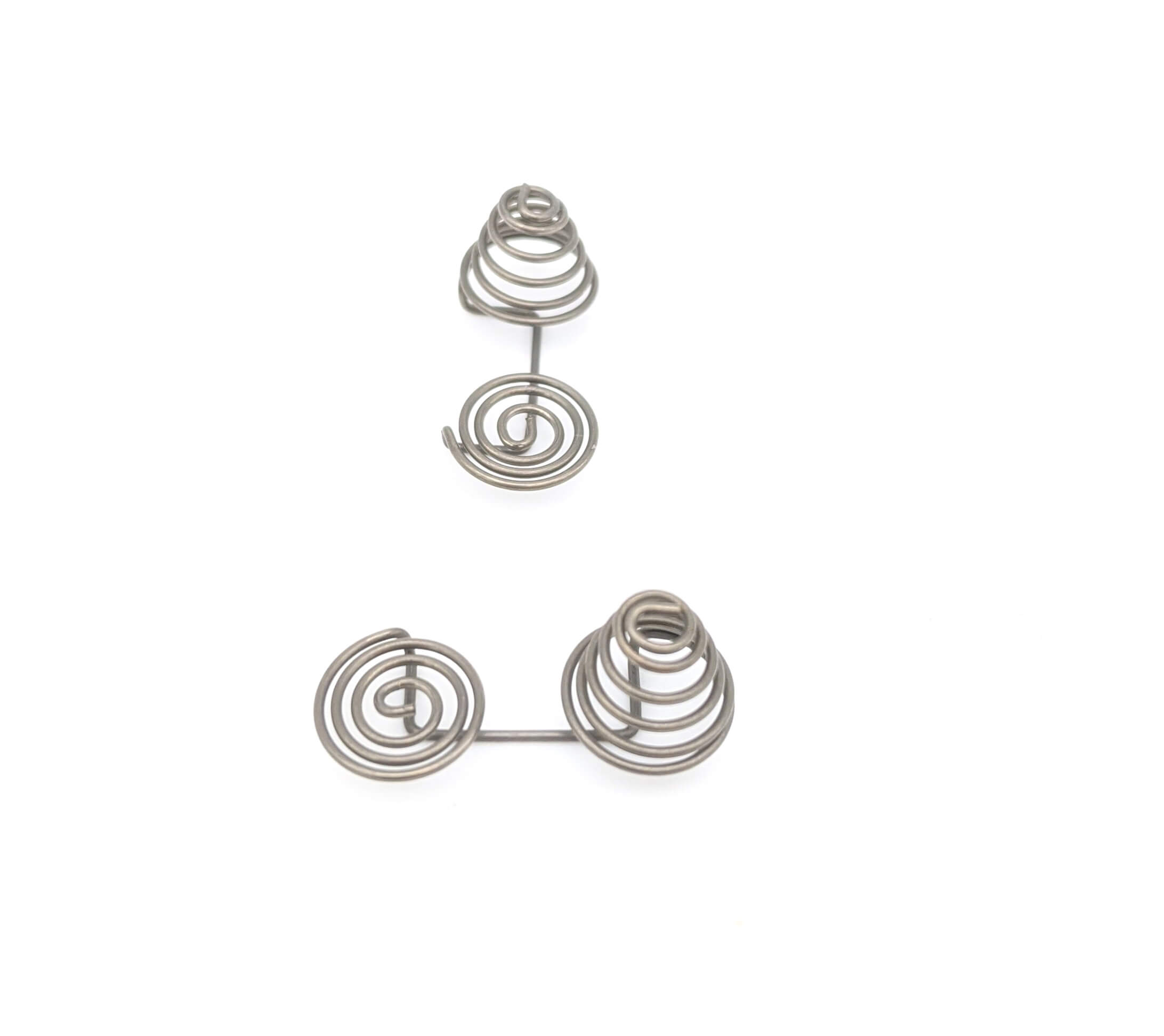Get unique, complex parts easily. No matter your requirements, Chaoyi Spring creates hard-to-produce coil springs and wire forms.
Let us help you create the custom wire form you need, from S-hooks and J-hooks to utility hooks and more.
We work closely with customers across a wide range of industries, helping them design and manufacture made-to-order parts.
Why choose Chaoyi Spring? We prioritize customer-focused collaboration, modern equipment and the latest technology to make your parts per print.
Find the information and guidance you need, from measuring a spring to learning about materials, placing an order and much more.
The garage door, a seemingly simple yet essential part of our homes, relies on a crucial component that often goes unnoticed: the torsion spring. These powerful coils, hidden within the


The garage door, a seemingly simple yet essential part of our homes, relies on a crucial component that often goes unnoticed: the torsion spring. These powerful coils, hidden within the door's overhead track, are the driving force behind smooth and effortless door operation. While often overlooked, understanding the workings and maintenance of torsion springs is vital for ensuring safe and efficient garage door performance. This article delves into the world of garage door torsion springs, exploring their functionality, common issues, and essential safety tips.

Imagine a coiled-up spring, like the kind you find in a toy. Now imagine that spring being incredibly strong, capable of storing enough energy to lift your heavy garage door. That's essentially what a garage door torsion spring does. These springs are made from high-quality steel, meticulously wound to provide the necessary tension to counterbalance the weight of the door. They're typically mounted on a shaft running parallel to the door, connected to the door's lifting mechanism.
When you raise your garage door, the torsion springs unwind, storing energy in the process. This stored energy is then released as you lower the door, making the process smooth and effortless. It's a brilliant system of leverage, allowing you to effortlessly open and close a heavy door with minimal effort.
You might wonder, "Why should I care about these springs?" Well, consider this: a faulty torsion spring can lead to some serious problems. First, a broken spring can render your door inoperable, leaving you stranded and unable to access your garage. Second, a weakened spring can cause the door to open or close unevenly, leading to potential damage to the door itself or your vehicle. Finally, and perhaps most importantly, a damaged spring can pose a serious safety hazard, as the door could suddenly drop, causing injury or damage.
Like any mechanical component, garage door torsion springs are susceptible to wear and tear. Here are some common issues you might encounter:
It's crucial to understand that garage door torsion springs are under immense tension and can be extremely dangerous if handled improperly. Here are some critical safety guidelines:
While you shouldn't attempt to fix the springs yourself, there are some maintenance steps you can take to prolong their lifespan:
If you notice any of the following signs, it's crucial to contact a professional garage door technician immediately:
When it comes to garage door torsion springs, it's crucial to choose a reliable and experienced technician. Look for professionals who are:
Garage door torsion springs may not be the most glamorous part of your home, but they play a vital role in ensuring safe and efficient door operation. By understanding their importance, recognizing signs of trouble, and entrusting repairs to qualified professionals, you can safeguard your family, your property, and your peace of mind. Remember, when it comes to garage door torsion springs, safety should always be your top priority. Never attempt repairs yourself and always consult a qualified technician for any maintenance or repairs. Doing so will ensure the longevity and safe operation of your garage door for years to come.
In conclusion, while often overlooked, garage door torsion springs are essential components that deserve our attention. By understanding their workings, recognizing signs of trouble, and prioritizing safety, we can ensure the smooth and reliable operation of our garage doors. Don't hesitate to call a professional for any repairs or maintenance, as neglecting these vital springs could lead to costly repairs, safety hazards, and potential inconvenience. Remember, a well-maintained garage door is a testament to a well-maintained home.
Browse some of the custom wire forms and springs that we manufacture. Don’t see what you need? We specialize in made-to-order products that meet your application requirements.
Visit Our GalleryNeed a custom wire form or coil spring? We make it work. Fill out the contact form and a representative will respond within 1 business day. If you have a PDF or CAD file, you can submit to request a quote.